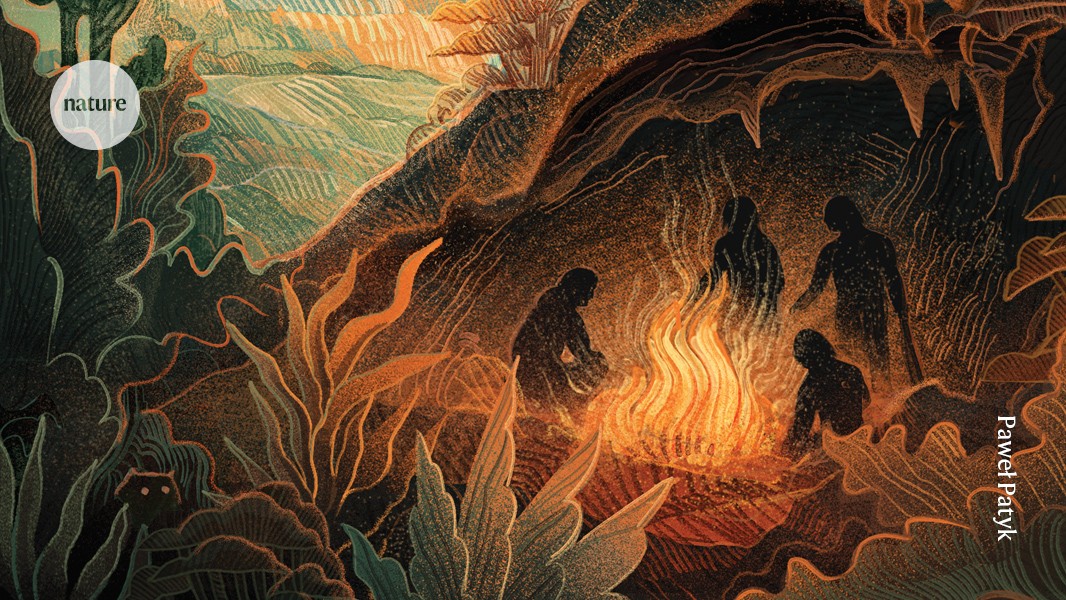
"'Denisovans were created from DNA work,' says palaeoanthropologist Chris Stringer at the Natural History Museum in London."
"The team also described the discovery of a molar tooth, which, on the basis of its mitochondrial DNA, was Denisovan: it was unusually large, unlike teeth from modern humans or Neanderthals."
In 2008, a tiny bone fragment from the Denisova Cave in Siberia led to the identification of a previously unknown ancient human population, the Denisovans. Genetic analysis indicated that this group was distinct from both modern humans and Neanderthals, altering our understanding of human evolution. By March 2010, researchers sequenced the entire mitochondrial genome and later uncovered the nuclear genome, concluding that Denisovans were closely related to Neanderthals. The discovery also revealed that modern populations, particularly those in New Guinea, have inherited DNA from Denisovans, emphasizing their historical significance.
Read at Nature
Unable to calculate read time
Collection
[
|
...
]